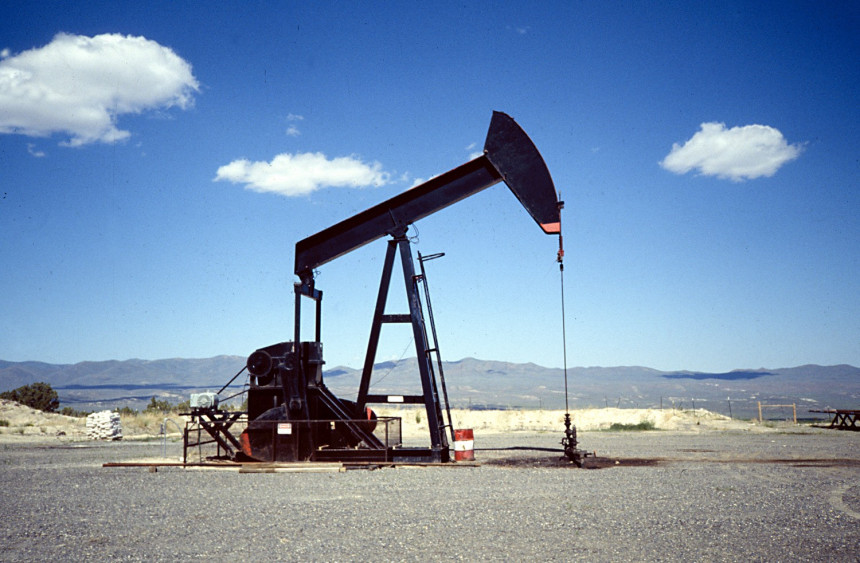
Ten years ago there was a turning point in modern history that we still barely credit it the relevance it deserves: oil began to abandon us. In 2006 the first symptom of the decline of fossil fuels came: the stagnation of conventional oil production. Right now we have a barrel at less than $40 (although after four years at a price above the 100) and it is difficult to talk of scarcity, but medium-term analysis leaves no doubt: the production of world's oil is stagnating and the active resources are of increasingly lower quality.
In making an unrushed data analysis, it is very difficult not to be tempted to see in this oil, which is involved in absolutely all productive processes, one of the most important root causes of this long and strange economic crisis. It is also hard not to notice that the situation is especially critical for the European Union territory, with its few resources but with high consumption and wasteful lifestyles.
The stagnation of conventional oil is consistent with theories of peak oil, which predict that the extraction curves of hydrocarbons following bell-shaped paths: once about half of the reserves have been removed, production declines, and this decline can barely be changed without the use of more efficient technologies.
Data from many countries that have reached their peak, and the global production in the last ten years, corroborate this theory. World production of all types of oil has slowed down in the period 2005-2015, with increases of around 0.6% annually, whereas in the 1985-2006 period, it grew at rates close to 2%. It is also recognized in the official data from the International Energy Agency that conventional oil (cheap and easy removal) reached its peak production in 2006 and unconventional (such as extracted by hydraulic fracturing or tar sands, of lower quality and highly polluting) are only just managing to slightly increase production.
Scientific predictions do not reveal very encouraging data
This stagnation of oil consumption that historical data shows is not explained by a lack of demand (due to an economic crisis, for example) because, if this were the case, it should be detectable in all fuels and no similar stagnation is observed in the consumption of natural gas and coal (which have continued to grow apace: 2.5% and 3%). Nor should the fact that they have changed consumption patterns (such as car use) or by technological substitution (with electric vehicles or railways, for example).
In addition, scientific predictions do not provide very encouraging data: virtually all studies published in peer-reviewed journals agree that 2020 will see a stagnation in production of all types of oil, followed by a decline that will make itself evident around 2030. What is more, predictions speak of similar declines in gas and coal before the middle of this century (around 2035 and 2050 for gas and coal respectively). To this, we need to add the lowering of the rate of energy return, as active resources become of poorer quality and of more expensive extraction, and part of the energy is lost in the extraction. Some authors estimate that due to this, the net energy that we are getting from oil has already begun to decline.






